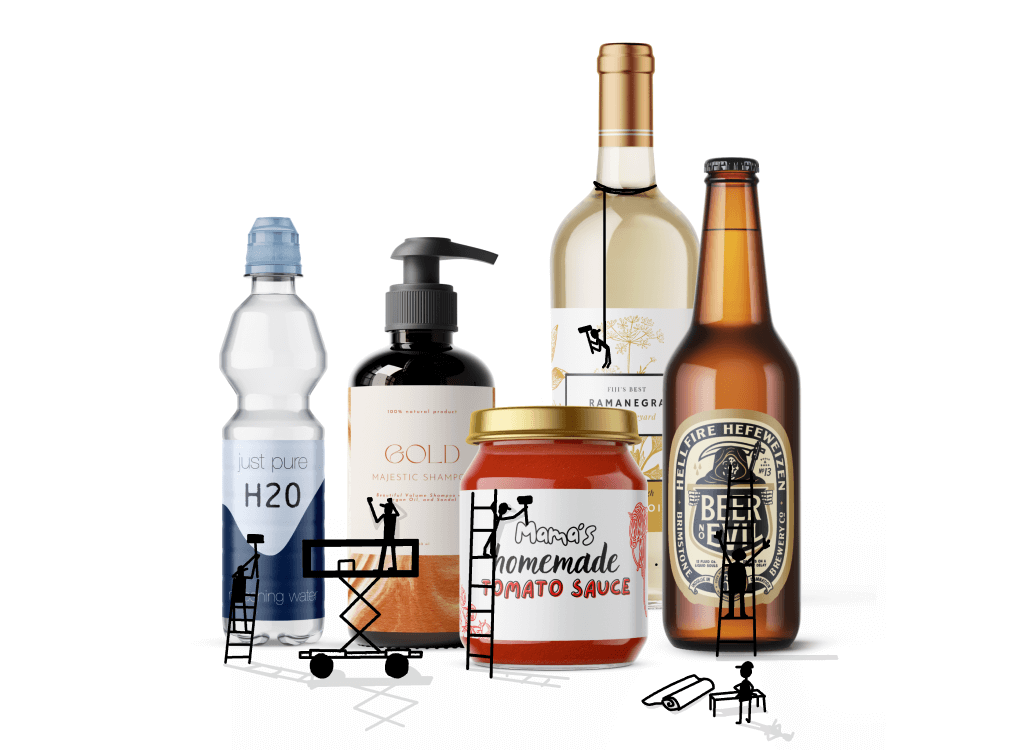In the craft brewing industry, the importance of packaging cannot be overstated. Among the various elements that contribute to a brewery’s branding and marketing, beer label paper plays a crucial role. This article delves into the various aspects related to beer label paper, including its types, printing techniques, sustainability concerns, and the impact on consumer perception.

Types of Beer Label Paper
When it comes to beer label paper, brewers have several options to consider:
Paper Labels: Traditional and cost-effective, paper labels come in various finishes, including matte and glossy. They are suitable for short runs and can be printed using various methods, such as offset or digital printing.
Plastic Labels: Made from materials like BOPP (bi-axially oriented polypropylene), plastic labels are more durable and resistant to moisture, making them ideal for chilled environments. They also offer vibrant colors and high-quality graphics.
Vinyl Labels: Similar to plastic labels, vinyl labels provide excellent durability and waterproofing. They are often used for specialty beers that require a premium look and feel.
Eco-Friendly Options: As sustainability becomes increasingly important to consumers, many breweries are turning to eco-friendly label papers made from recycled materials or sustainable sources.
Printing Techniques
The method of printing labels significantly affects their quality and appearance. Common printing techniques include:

Digital Printing: Ideal for small batches and custom designs, digital printing allows for high-quality, detailed graphics without the need for extensive setup costs.
Flexographic Printing: This method is excellent for large production runs, offering speed and efficiency. Flexographic printers can handle various substrates, including paper and plastic.

Offset Printing: Known for its high-quality output, offset printing is suitable for larger quantities but requires a higher initial investment in setup.
Sustainability Concerns
As consumers become more environmentally conscious, the choice of beer label paper can impact a brewery’s reputation. Many breweries are now seeking sustainable materials and practices, such as:
Recyclable Materials: Using label paper that can be easily recycled helps reduce waste and appeals to eco-minded consumers.
Soy-Based Inks: Opting for soy or vegetable-based inks instead of conventional petroleum-based inks can further enhance the environmental footprint.
Minimal Packaging: Some brewers are choosing to minimize packaging materials altogether, opting for direct printing on cans or bottles, which reduces waste.
Consumer Perception
The appearance of a beer label can significantly influence consumer choices. A well-designed label can attract attention on crowded shelves and convey essential information about the beer’s style, flavor profile, and brewing process. Key considerations include:
Brand Identity: Labels should reflect the brewery’s brand and ethos, helping to establish a connection with consumers.
Informative Content: Clear and concise information about the beer—such as alcohol content, ingredients, and tasting notes—can enhance consumer trust and interest.
Visual Appeal: Eye-catching designs, colors, and typography can differentiate a product in a competitive market, making it essential for breweries to invest in high-quality beer label paper and printing techniques.
Beer label paper is more than just a piece of packaging; it is a vital component of a brewery’s marketing strategy. By understanding the various types of label paper, printing techniques, sustainability issues, and consumer perceptions, craft brewers can make informed decisions that enhance their brand and appeal to customers. As the craft beer market continues to grow, the importance of effective labeling will only become more pronounced, making it essential for brewers to stay ahead of the curve.